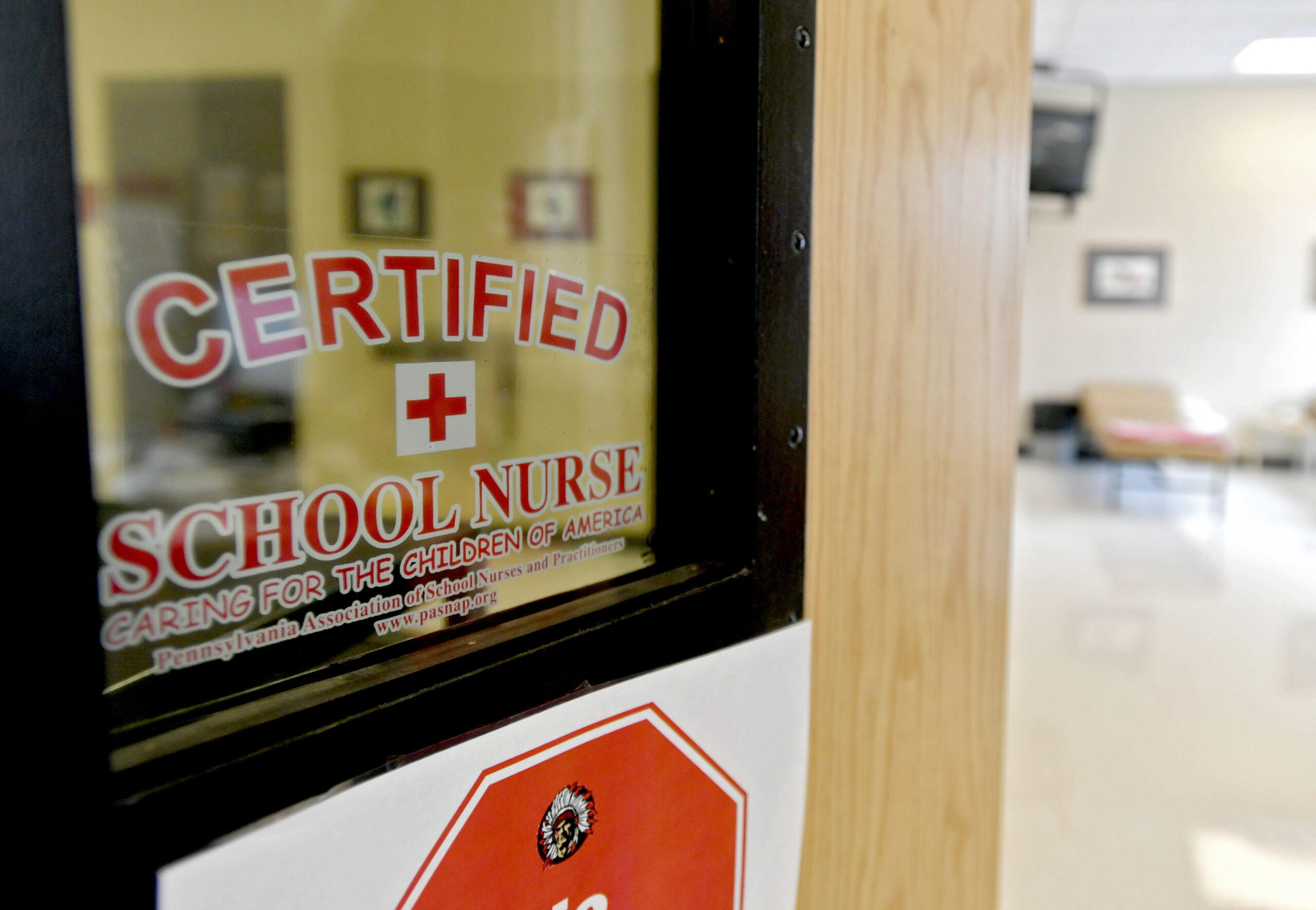Cough? Sore throat? More schools suggest mildly sick kids attend anyway

Trenace Dorsey-Hollins’ 5-year-old daughter was sick a lot last year. Dorsey-Hollins followed school guidelines and kept her home when she had a cough or a sore throat — or worse — until she was completely better.
Near the end of the year, the school in Fort Worth, Texas, called her in to talk about why her daughter had missed so much school.
During the pandemic, schools urged parents and children to stay home at any sign of illness. Even though the emergency has ended, she said no one has clarified that those rules have changed.

Brooklyn Boro
View MoreNew York City’s most populous borough, Brooklyn, is home to nearly 2.6 million residents. If Brooklyn were an independent city it would be the fourth largest city in the United States. While Brooklyn has become the epitome of ‘cool and hip’ in recent years, for those that were born here, raised families here and improved communities over the years, Brooklyn has never been ‘uncool’.